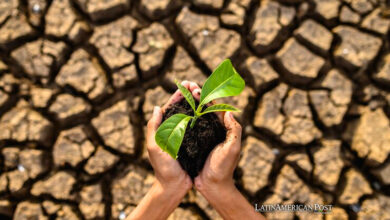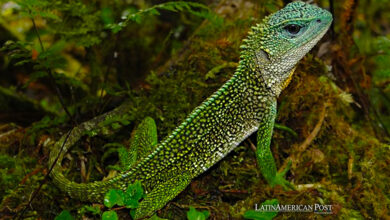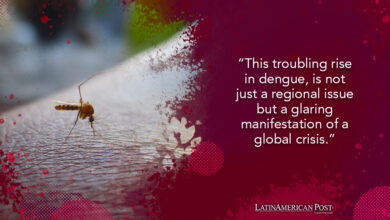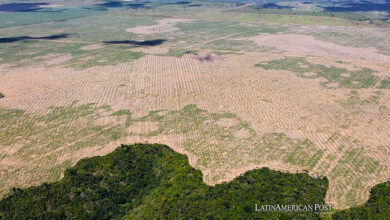Conservation of Species, Is it Good to Move Them to Another Environment to Save Them?
Moving Endangered Species to Other Ecosystems is a Current Debate in Science. Is this a Good Alternative to the Increasing Loss of Biodiversity? We tell you More About the Conservation of Species.
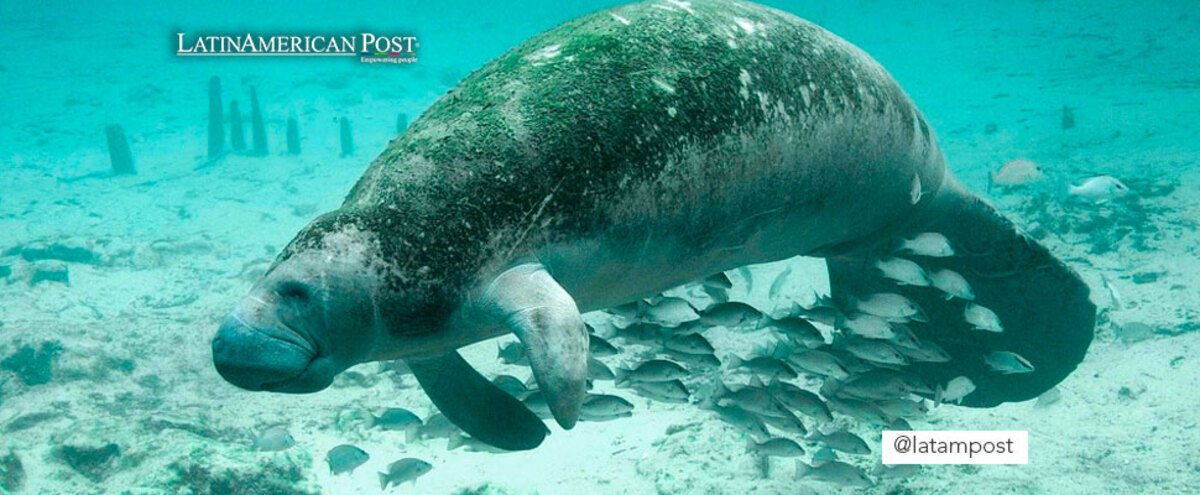
Photo: Pixabay
LatinAmerican Post | María Fernanda Ramírez Ramos
Escucha este artículo
Leer en español: Conservación de especies ¿es bueno moverlas a otro entorno para salvarlas?
The increase in temperatures and the degradation of ecosystems threaten the survival of many species of fauna and flora in various regions. In fact, multiple evaluations have determined that biodiversity is being lost with increasing speed. The recent Living Planet 2022 report of the World Wide Fund for Nature (WWF) indicates that, according to its Living Planet Index (LPI) that samples populations of mammals, birds, fish, reptiles and amphibians, there is an " average decrease of 69% in wildlife populations controlled since 1970". This is a challenge for scientists, and for the creation of species conservation policies, which seek to implement plans to save them. Therefore, various options that may work for this purpose are constantly being evaluated.
According to the Yale University School of the Environment, US officials are proposing rules that would allow them to turn to assisted migration as a more frequent conservation tool. However, they also point out that it is a controversial measure, since it also involves risks, which could end up being counterproductive for the crisis of biodiversity loss. "Fish and Wildlife suggested a revision to its regulations that would allow it to move species beyond their historical range, calling it a 'necessary and appropriate' step in response to the twin threats of climate change and invasive species," Yale notes.
However, it is not just an issue analyzed in the United States. The debate on whether it is appropriate to use this strategy as a more frequent option is open or not.
We suggest you read: Infographic: COP19: Good News for the Protection of Threatened Species in Latin America
A complex risk to analyze
One of the biggest difficulties facing assisted migration is measuring the impact that the transferred species could have within its new ecosystem. Despite the fact that tests or migrations have been carried out in various parts, there is no general norm in behavior and impact. Therefore, it is difficult to establish protocols. In this regard, a study carried out by scientists from various universities for the United States National Park System on assisted migration as an alternative to climate change determined that the risks for the species that moves as well as for the receiving ecosystems they are tall and multiple . For this reason, "calls have been made for professionals interested in considering a managed relocation project to engage in a serious risk assessment before moving forward with a project."
A negative example of the migration of species is when unconsciously, irresponsibly or through illegal trade, living beings have been taken to ecosystems that are not their own. Although they end up adapting to the environment to live, they can also become invasive and endanger native species. For example, this has happened with the acacia tree in several South American countries or the lionfish in the Caribbean.
"It is an issue that must be seen on a case-by-case basis. I do not think it can be generalized. It is important to ensure that such a process does not have negative implications for the receiving ecosystem, because then, instead of saving 1 species, we are putting risk an entire system," says Nathaly Castelblanco Martínez, conservation biologist and PhD. in Ecology and Sustainable Development. This Colombian expert is specialized in managing aquatic fauna in America and the Caribbean, and has worked closely with conservation actions for manatees.
Therefore, this alternative does not seem like a viable option for frequent use, but rather a very exceptional measure. In contrast, it is necessary to accelerate and have bolder ecosystem conservation plans that mitigate threats to species.
Commitment to prevention and conservation: an urgent need
"Before trying to recover lost species, preventive actions are crucial, which go beyond protecting individuals or even species, but instead focus on maintaining ecosystems both functionally and physically," says the biologist.
Although there is constant talk about actions to mitigate and adapt to climate change, we must not forget that humanity is facing a triple crisis. This contemplates global warming, but also the loss of biodiversity and pollution, especially by plastics. However, they are not isolated problems, but are interconnected and require joint and comprehensive actions. "Human and ecosystem vulnerability are interdependent. Current unsustainable development patterns are increasing the exposure of ecosystems and people to climate hazards," notes the IPCC.
Governments need to commit to promoting the conservation and protection of ecosystems. In this regard, the United Nations Conference on Biodiversity COP15 will begin on December 7, in which it is intended to review the Convention on Biological Diversity and define the framework that will guide the objectives to 2050.
It is essential that biologists, scientists, and conservation experts are relevant actors in decision-making on the programs that are implemented in each country regarding the management of biodiversity. Likewise, it is necessary to link the communities and implement strategies to raise awareness of the issues and environmental education plans. In addition to contaminating ecosystems with waste, there are other practices by citizens such as buying wild animals, releasing animals on their own in rivers, forests or natural environments, or even allowing domestic cats to run free and hunt, can threaten the ecosystems.
Finally, each person can be an agent of change and agency. This is how the biologist Nathaly Castelblanco Martínez points out: "Our consumption habits can have an impact, but as a society it is important to promote specific protection policies, as citizens we can exert that pressure. Inform ourselves, act, monitor."

